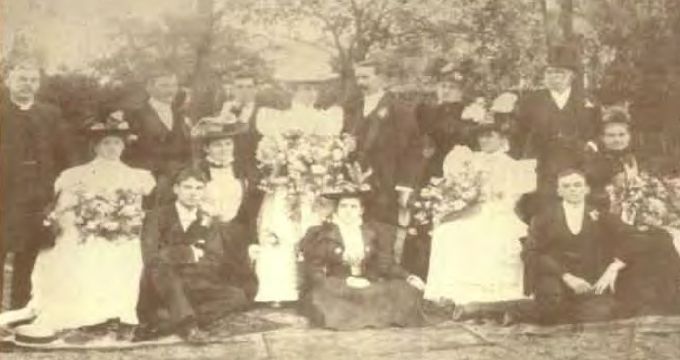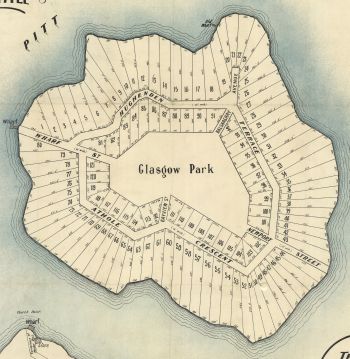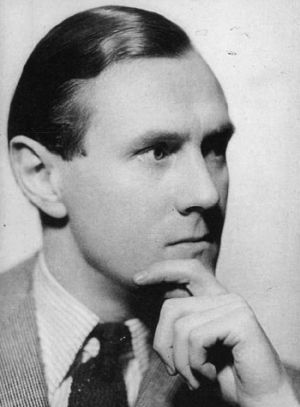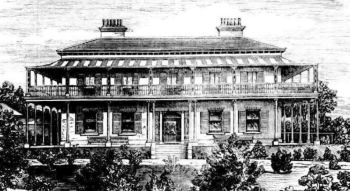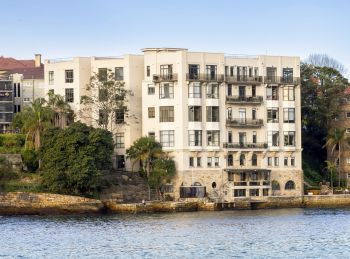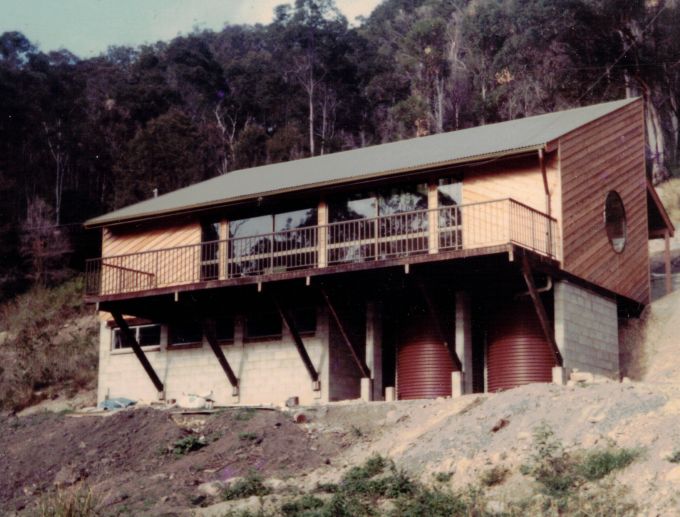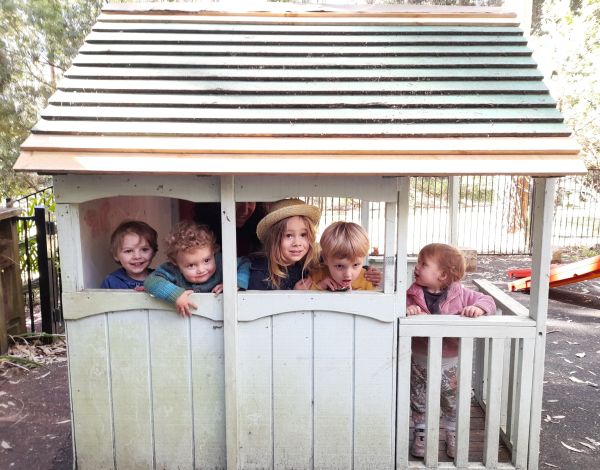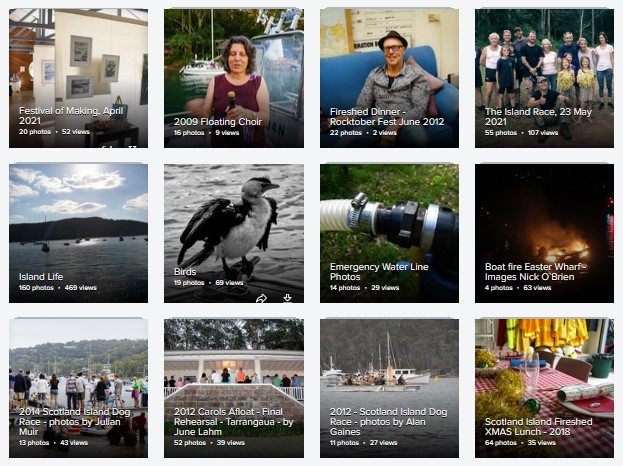| Having trouble reading this newsletter? Visit https://ymlp.com/archive_gesgjgm.php | |||||||||||||||||||
 |
|||||||||||||||||||
August 1, 2023 |
|||||||||||||||||||
|
Newsletter for the
Offshore Residents of Pittwater, Australia - Volume 24,
Issue 1197
We acknowledge and pay our
respects to the Traditional Custodians of
Pittwater, as well as our Indigenous readers
|
|||||||||||||||||||
Contents:The Marquise of Scotland IslandMary Helen McMillan, 1857 - 1921Roy Baker
Robyn Iredale, architect of the Two Catherines café and play, described both as attempts to redress a gender imbalance. ‘The history of Scotland Island is replete with stories about men’, she writes. ‘But we know very little about the women associated with the island’. And so she set about celebrating the life of Catherine Benns, wife of one of the island’s earliest European owners, as well as that of Catherine Bouffier, mother-in-law of Herbert Fitzpatrick, who subdivided the island in the 1920s. But sandwiched between those two island owners was a third woman, described shortly after her death as ‘one of Australia’s most picturesque figures – a woman thrice married, twice-titled, fabulously rich, conspicuous for her grand scale of international speculations both in husbands and stocks, and yet the saddest and loneliest of women’. I introduce Helen McMillan, another woman with business acumen, and very much a contemporary of Catherine Bouffier.
We correctly associate Catherine Bouffier with the 1924 subdivision. After all, Catherine Park bears her name, and Florence Terrace that of her daughter. But we should similarly associate the 1906 subdivision with Helen McMillan, whom we can thank for Elizabeth Park, at the top of the island. Helen was born in Tasmania in 1857, the same year as Catherine Bouffier. The daughter of a Scottish draper, Helen started out as a milliner. But at 20 she married Henry Charles White, a man twice her age. White was a leading member of Australia’s squattocracy: that class of landowners who, in the early years of the colony, laid claim to massive tracts of land outside of Sydney. They used these enormous estates to graze livestock and so became among the wealthiest families in NSW, Australia’s equivalent to the landed aristocracy of the old country. H C White bought his principal estate near Mudgee just four years after marrying Helen. Famous as a breeder of horses, cattle and sheep, White, by the time of his death in 1905, was described as ‘the most prominent all-round studmaster in NSW, and perhaps in Australia’. He left an estate worth, in today’s money, over $50 million.
Descriptions of Helen White are not altogether flattering. It seems that she fit the mould of the archetypal evil stepmother. In particular, she sent two of her husband’s daughters to France for their schooling. Patrick wrote that they were dumped ‘like an unwanted kitten’. The diary of one of these unfortunate girls has been published, and Helen is not portrayed affectionately. For instance, the step-daughter describes a portrait of Helen as making her step-mother look ‘rather pretty for her’. H C White died in February 1905. It appears that Helen bought Scotland Island later the same year, divided it into 121 blocks, and offered them for sale in November 1906. Only a handful sold, including Yamba on the northwestern corner and Bangalla, near Carols. Helen had had five children with her late husband, and apparently was barely more maternal with them than with her stepchildren. Indeed, she made plans to send her own daughter to France for schooling, at the tender age of nine! But the saddest tale relates to her youngest child, Hal Owena. (You couldn’t make it up.) It seems that in November 1908 some important business sent Helen overseas, so she placed the girl, then aged seven, in Rose Bay Convent. Almost a year later the child’s body was found at the bottom of a flight of stairs. The supposition was that she died attempting to slide down the balustrade.
By now Helen was reported to be worth over $150 million in today’s money. Apart from Scotland Island, Helen owned Beulah, the first block of flats to be built on the Kirribilli waterfront, directly opposite where the opera house stands today. Built in 1908 in the Federation Romanesque style, these luxury apartments catered for the well-to-do, and were the venue for high society gatherings hosted by Helen, now Countess Morner. After a few years Helen divorced her Count, which must have been quite scandalous at the time. Then in 1910 she contracted her third marriage, to another titled gentleman, this time the Marquis de Ruvigny, an Anglo-French nobleman whom Helen met in the United States. If anything, the Marquis was even more colourful than Count Morner. For a start, he was a leading Jacobite. If you recall your high school history, the Jacobites supported the restoration of the Stuarts to the British throne. Remember the Glorious Revolution of 1688, Bonnie Prince Charlie, the ’45 and all that? The Jacobites were a thorn in the side of the British crown for much of the 18th century, and there was a resurgence of the movement in the 1890s. Heaven knows what attracted Helen’s husband to the movement, but if it had succeeded we might now have King Franz on the throne, and possibly an absolutist monarchy to boot.
In 1920 Helen departed Sydney on one of her many trips to Europe. But she never arrived. Instead she died aboard her ship somewhere off the South African coast, and was buried at sea. She was 64. Six years after her death, the Sydney press described Helen as a ‘poignant and vivid study in the paradoxes of life’: 'High though her title, proud her name, boundless her wealth as wish could claim, she still was the saddest and the weariest of women. In the midst of the adulation and public curiosity which beset her path at every turn, she still was heart hungry for the real human love and companionship that Fate denied her. That she had not one friend nor love in the world was a confession she made frequently to her intimates during her last few years.' Shortly after Helen’s death, her estate was divided up and Scotland Island sold to Herbert Fitzpatrick. Apart from a smattering of references in literature, Helen, once described as ‘Australia’s mysterious woman of destiny’, has slid into oblivion. And so it is that few offshore residents will know that Scotland Island was once owned by a marquise. Many of the historical records relating to Helen’s life have been collated in the Pittwater Online News. I am indebted to A J Guesdon for this work, as well as her many other online archives. This isn’t the first time that 'the other PON' has made my writing a whole lot easier. Building Scotland Island Community HallA new online photo display
As many of you know, our beloved island community hall was built over the period 1980-81 with voluntary labour supplied by offshore residents. And most of you will be familiar with the collage of photos displayed inside the hall which depicts the building at various stages of construction, plus many of the locals who contributed to its completion. Over the years the photos have deteriorated. In order to preserve them for posterity, I have scanned them into the online SIRA Photo Archive. Along with the photos is a list of 60 residents who gave of their time and labour to the construction project, plus an account of the process written in October 1981 by Bob Green, then SIRA President. To access the collection, click here. Thanks go to John Morgan and Col Batt for helping to name some of the people in the photos. But there are others who remain unidentified. I'd be grateful if other long-term residents could look at the collection and provide the missing names. The images form part of the larger SIRA Photo Archive, which currently contains almost 4,000 photos. It is largely based on a compilation originally curated by Julian Muir. SIRA has now taken over the collection and the aim is to constantly update it with photos of community significance. For instance, photos were recently included of the May 2023 shindig that celebrated the renovations to the Rec Centre. I also have several hundred photos of historical significance, stretching back to the beginning of the 20th century, which will be added to the collection over time. A link to the archive is included at the end of each PON. Alternatively, click here. If anyone has more photos that are likely to interest the general offshore community (island and bays), please let me know. Building the hall was a staggering community achievement, something I'm not sure we could emulate today. I hope the new online collection will help honour the men and women who took part. As for the original photo collage, it will be carefully restored and then rehung in its usual place. Roy Baker Scotland Island Coffee Club?Calling for ideas for new social activities With the completion of
renovations to the Recreation Centre, opportunities now
exist for additional social activities on Scotland
Island.
The idea has been floated
of a coffee club: a regular café to be held in the
Centre. This would be much simpler than the Two
Catherines Café that currently operates monthly in
Catherine Park. The coffee club would simply serve tea,
plunger coffee and bought biscuits. But it would be an
opportunity for islanders to get together to chat, play
board games, complete jigsaw puzzles and the like. It
would also provide an additional opportunity to display
and sell artworks, operate a book swap,etc.
It may be that islanders
have other ideas for social events, eg resuming the
Friday evening 'bring a plate' gatherings in Catherine
Park, which fell victim to COVID.
If anyone is interested in
these or similar initiatives, please contact Paul
Kinnison on 0403 144608, or email Paul on paulkinnison@hotmail.com.
Island PlaygroupCatherine Park, Scotland IslandTuesdays, 9 - 11.30 am
Parents, grandparents and
their children, from babies to four, are meeting in
the park and playgrounds on Tuesdays from 9 till
11.30am, weather permitting. If there were a few more
of us, it would be worth hiring the hall through
winter and organising some inside activities too.
Anyone else interested? Have a chat with me on 0406
806 648.
Jenny Cullen
The Tuesday Discussion GroupScotland Island Recreation CentreTuesday 15 August, 11 am - 12.30 pmThe Recreation Club runs a discussion group, meeting on the third Tuesday of each month, from 11 am to 12.30 pm in the Recreation Centre. Everyone is welcome. Members take it in turn to design a session. At the June session, Kathy James asked the group to think about what makes travel fulfilling, how it can be done more ethically and how tourism can be managed more sustainably.
For the August meeting Sarah Palomka asks us to consider the media's role in racial prejudice. Indigenous journalist Stan Grant recently stepped back as presenter of the ABC current affairs program Q&A. In doing so he referred to racial hatred and to the media's role in racism, referring to the media as 'too often the poison in the bloodstream of our society'. If Stan Grant blames the media, recognising himself as part of the problem, what is the problem with the media? This talk has been carried over from July. For preparation: 1. Watch Stan Grant's Q&A leaving speech, available here.2. Read 'Stan Grant spoke the truth, but the media didn't listen', Independent Australia, available here. The group is administered
via a WhatsApp group, which will be used to distribute
further information about this and future discussions.
If you would like to be added to the group, send your
mobile phone number to editor@scotlandisland.org.au.
Alternatively, contact Jane Rich (janebalmain@hotmail.com) for more information or to express your interest in participating. The Recreation Club asks for $5 per person per attendance to defray expenses. Scotland Island Fire Brigade: Monthly TrainingScotland Island Fire StationSunday 20 August, 9 am - 12 noon Brigade members are
encouraged to attend our monthly training session.
If you are interested
in joining the brigade, you will find further
information on the brigade's website.
 International Folk DancingScotland Island Community HallSaturday 26 August, 7 - 9 pm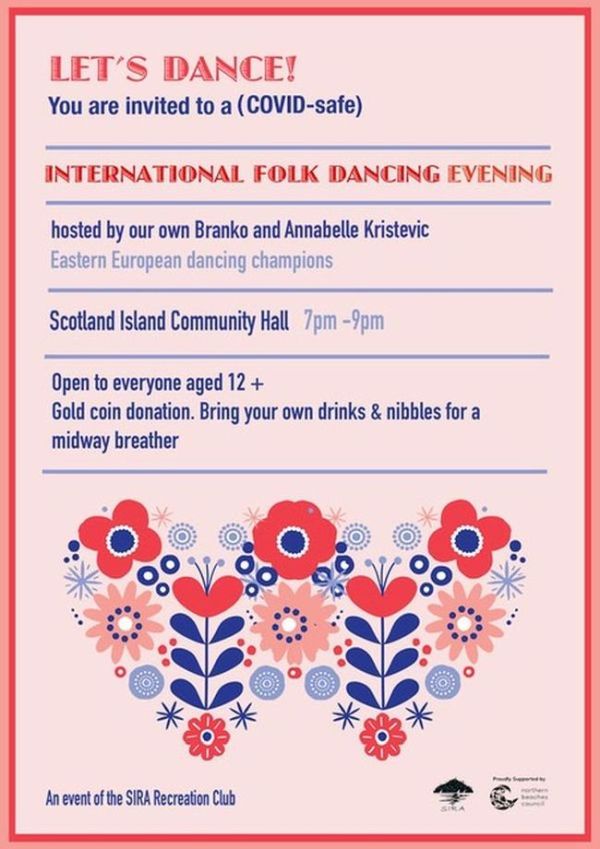 The Recreation
Club asks for $5 per person per attendance to
defray expenses.
Scotland Island CaféCatherine Park, Scotland IslandSunday 27 August, 10 am - 12 noon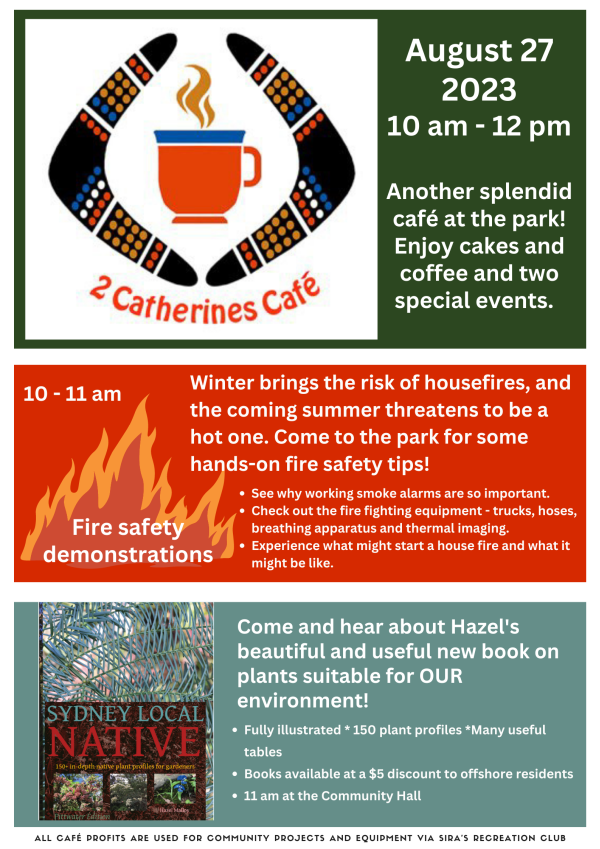 Missed out on a previous newsletter? Past newsletters,
beginning May 2000, can be found at https://ymlp.com/archive_gesgjgm.php.
To ContributeIf you would like to contribute to this newsletter, please send an e-mail to the editor (editor@scotlandisland.org.au).Subscription InformationTo subscribe or unsubscribe, go to: http://www.scotlandisland.org.au/signup.
Scotland Island Community CalendarFor further information on island events, click hereThe Online Local Contacts GuideClick here to loadSIRA Photo Archive |
|||||||||||||||||||
 |
